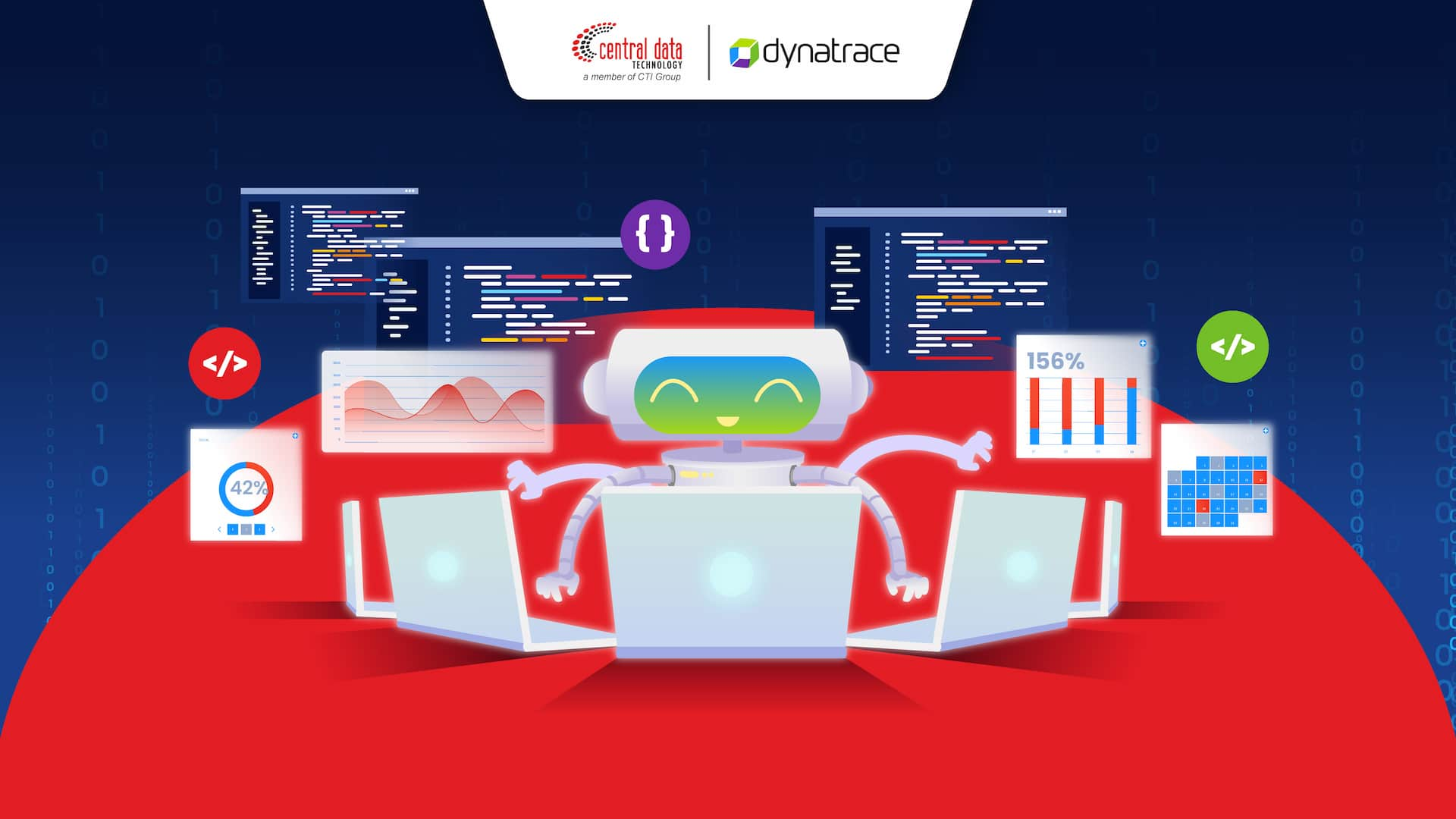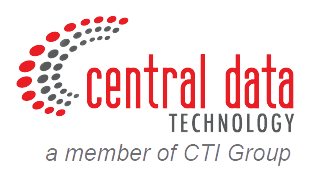
In today’s fast-paced digital world, there’s one game-changing factor that often flies under the radar: software automation. Without it, business processes tend to slow down, become prone to errors, and drain valuable time from your IT and operations teams.
The reality? In this digital era, automation is no longer a nice-to-have; it’s a necessity for businesses to stay agile, efficient, and competitive.
In this article, we’ll unpack how software automation works, the real benefits it brings to your business, and a smart solution you can consider. Let’s dive in!
What is Software Automation?
At its core, software automation is about using applications to reduce, or even eliminate, the need for manual intervention in repetitive, time-consuming IT tasks, including operations in cloud environments.
With software automation in place, teams across the digital ecosystem, from Digital Operations and DevSecOps to ITOps and CloudOps, can manage resources more efficiently throughout the entire software development lifecycle.
The result? Products and services are delivered to the market faster, with better quality, and with more room for innovation.
Why Software Automation Should Be on Your Radar

Let’s face it, every organization deals with countless routine tasks that quietly eat up time and energy. The good news? Many of these tasks can be simplified and automated with the right software automation solution.
But automation isn’t just about making life easier. It ensures greater accuracy, consistency, and round-the-clock operations, eliminating the need for constant human input.
It all started with simple software bots designed to handle repetitive tasks. But thanks to advancements in AI, these “digital robots” have evolved into what we now call AI agents.
Tech experts predict that we’re entering a new phase of digital transformation: the era of autonomous automation, powered by agentic AI. In this next chapter, AI doesn’t just follow instructions, it makes independent decisions, solves complex problems, and keeps your business running smoothly, without waiting for human approval.
How Does Software Automation Work?
Briefly, software automation follows three simple steps to get the job done:
- Trigger: The process begins when a specific trigger occurs, for example, when someone fills out a contact form on your website.
- Conditions: Rules or filters are applied to determine whether the process should continue, and how exactly it should run.
- Actions: Concrete steps are carried out by the software, such as sending automated emails, updating your CRM, or modifying spreadsheets.
Most modern automation platforms now come with intuitive, user-friendly interfaces, many offering no-code or low-code options. That means anyone on your team can design automated workflows; no technical background is required.
For more complex needs, software automation can also be integrated via APIs, enabling hundreds of applications to work together seamlessly within a single automated workflow.
8 Practical Benefits of Software Automation You Shouldn’t Miss
Software automation isn’t just about saving time; it’s reshaping how businesses operate by making processes smarter, faster, and more reliable. Here are eight key benefits.
1. Greater Accuracy
Automated processes significantly reduce human error, delivering consistent, high-quality results.
2. Improved Compliance
Automation follows predefined rules, making it easier for businesses to meet industry standards and regulations. Some tools even offer real-time compliance monitoring.
3. Cost Savings
By reducing errors, boosting efficiency, and optimizing resources, automation can lower operational costs. For cloud automation, the savings on infrastructure alone can be substantial.
4. Smoother Workflows
Automation helps identify inefficiencies and streamline workflows. Say goodbye to bottlenecks and enjoy smoother business processes.
5. Effortless Scalability
As workloads grow, automated processes can scale easily without adding more manual effort — all while maintaining accuracy and efficiency.
6. Happier, More Productive Teams
By offloading repetitive, mundane tasks to automation software, employees can focus on more strategic, creative, or problem-solving work, leading to higher job satisfaction and reduced burnout.
7. Better Customer Experience
Automation enables faster, more consistent, and more personalized customer interactions. Timely responses and seamless service help build stronger relationships.
8. Faster, Data-Driven Decisions
Automation tools can generate real-time reports and dashboards by pulling data from CRM, ERP, HRM, and other sources. With centralized, up-to-date insights, your business can make faster, smarter decisions.
4 Common Challenges of Implementing Automation
While software automation offers plenty of benefits, implementing it isn’t always smooth sailing. To ensure your automation efforts deliver real value, safely and effectively, there are a few key challenges to watch out for.
1. Upfront Time & Planning Required
Automation makes processes easier in the long run, but it doesn’t happen overnight. Your team needs time to carefully design workflows and integrate automation tools into your existing systems. Solid planning upfront is crucial to avoid potential headaches down the line.
2. The Risk of Over-Automation
Too much automation can backfire, especially when it removes the human touch from interactions that still need it. Think rigid chatbots or robotic-sounding email responses; they can turn customers away rather than impress them. It’s all about finding the right balance between automation and personal interaction.
3. Tool & Platform Compatibility
Not all automation tools seamlessly integrate with every system your business already uses. Platform limitations or technology gaps can make integration tricky, or even impossible in some cases. That’s why it’s essential to choose automation software that fits your existing tech ecosystem.
4. Data Security Must Stay Top Priority
Automation often requires access to your most critical business data. If poorly managed, this can open the door to security vulnerabilities. Strong access controls, multi-layer authentication, and regular monitoring are non-negotiable to keep your systems and data safe.
Real-World Applications of Software Automation Across Industries

Software automation isn’t just a concept; it’s already transforming how industries operate by simplifying processes and boosting efficiency. Here are some real-world examples:
Finance & Accounting
Automation streamlines tasks like invoice approvals, payment processing, expense management, and financial reporting. The result? Faster, more accurate processes with minimal errors.
Human Resources (HR)
From recruitment and employee onboarding to data management and performance reviews, automation brings structure, speed, and consistency to HR processes.
Retail & E-Commerce
Order processing, customer service via chatbots, and inventory management are just a few areas where automation helps retailers and e-commerce businesses stay fast, responsive, and efficient.
Sales
Automation takes care of prospect tracking, automated follow-up, and generating quotes or orders, all seamlessly integrated with CRM systems to keep sales processes organized and efficient.
Manufacturing
In manufacturing, automation supports production scheduling, automated quality control, and inventory management, making production lines more efficient, consistent, and resilient to disruptions.
Healthcare
In healthcare, automation simplifies patient data management, appointment scheduling, and insurance claims processing. The result? Faster, more accurate service for both providers and patients.
Clearly, automation is no longer just a trend; it’s a critical part of digital transformation across industries. By speeding up processes, minimizing errors, and enhancing efficiency, businesses can focus on what really drives growth: strategy and innovation.
One automation solution worth considering is AutomationEngine from Dynatrace. Why is this a smart choice? Let’s dive into the details.
Read More: The 5 Game-Changing Benefits of Cloud Banking for Digital Transformation
A Smarter Automation Solution: Meet AutomationEngine from Dynatrace
AutomationEngine is a powerful automation solution built directly into the Dynatrace platform. By combining the power of AI, real-time observability, security, and business insights, AutomationEngine helps IT, DevOps, and business teams implement automation that’s not only efficient but driven by real, system-based insights.
One of its biggest advantages? Simplicity. Thanks to its intuitive, visual no-code and low-code interface, anyone on your team can design automated workflows; no advanced coding skills are required. Automation is no longer reserved for technical experts; it’s accessible across teams, making processes faster, easier, and more collaborative.
Key Features That Make AutomationEngine a Game-Changer
Answer-Driven Automation
AutomationEngine goes beyond basic task automation. It uses AI-powered insights, such as root cause analysis or real-time system status, to trigger automated actions like incident remediation, task routing, or infrastructure adjustments.
No-Code/Low-Code Workflow Builder
With its drag-and-drop visual editor, anyone can design and manage automated workflows. Workflows can be triggered by specific events, scheduled to run at set times, or even defined as code for more complex use cases.
Extensive & Secure Integrations
AutomationEngine integrates with popular tools like ITSM, Kubernetes, Slack, JIRA, and even your custom-built applications. For on-premises environments, it provides secure connectivity through EdgeConnect.
Enterprise-Grade Scalability & Security
Built for large-scale enterprise environments, AutomationEngine offers strict access controls, comprehensive audit trails, and full integration with Dynatrace’s observability and security ecosystem.
With the seamless combination of AI, observability, and automation, AutomationEngine helps businesses detect and resolve issues faster, boost operational efficiency, and maintain optimal service quality.
Ready to Take Your Business to the Next Level? Get AutomationEngine from CDT
In today’s fast-paced digital world, automation isn’t just a trend; it’s a necessity for businesses that want to stay competitive. Software automation takes repetitive, time-consuming processes and turns them into fast, accurate, efficient workflows, with minimal human intervention.
Looking to implement smart automation in your organization? CDT (Central Data Technology), a subsidiary of CTI Group, is ready to help. We bring you Dynatrace AutomationEngine, an AI-driven automation solution designed to simplify, accelerate, and optimize your business processes.
With extensive experience in delivering enterprise-class IT solutions, from automation and observability to security, the CDT team is ready to support your digital transformation, making your business more efficient, resilient, and future-ready.
Get in touch with the CDT team today and discover how AutomationEngine can transform your operations!
Author: Wilsa Azmalia Putri – Content Writer CTI Group

